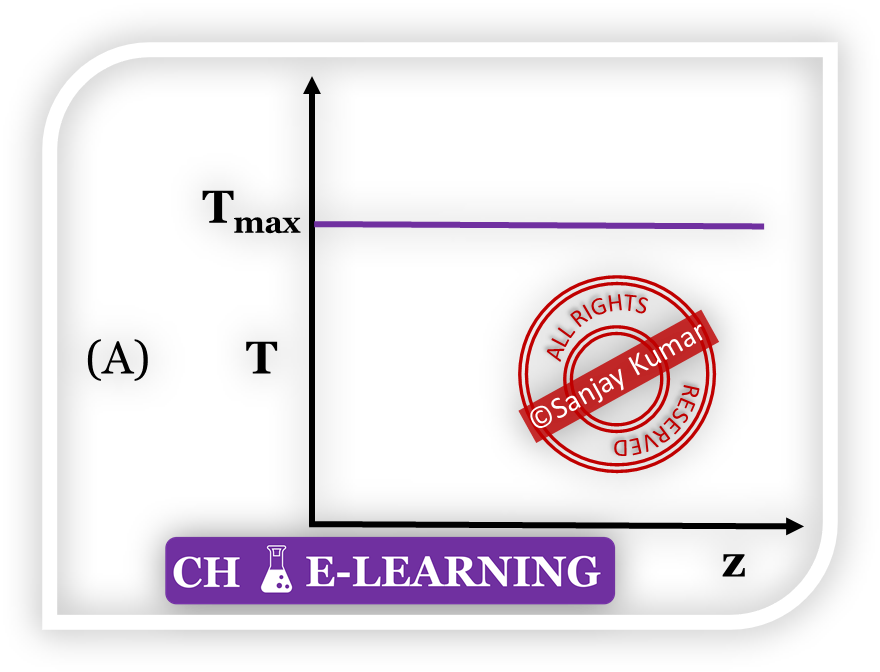Q 1: For an exothermic reversible reaction, which one of the following correctly describes the dependence of the equilibrium constant (K) with temperature (T) and pressure (P)?
Q 2: The half-life of an nth order reaction in a batch reactor depends on
Q 3: Consider the reaction scheme shown below
A\xrightarrow{k_1}B\xrightarrow{k_2}CBoth the reactions are first-order. The activation energies for k1 and k2 are 80 and 20 kJ/mol, respectively. To maximize the yield of B, it is preferable to use
Q 4: The rate-controlling step for the solid-catalyzed irreversible reaction
A+B\rightarrow Cis known to be the reaction of adsorbed A with adsorbed B to give adsorbed C. If Pi is the partial pressure of component i and Ki is the adsorption equilibrium constant of component i, then the form of the Langmuir-Hinshelwood rate expression will be
Q 5: The elementary reversible exothermic gas-phase reaction
A+3B\leftrightarrow2Cis to be conducted in a non-isothermal, non-adiabatic plug flow reactor. The maximum allowable reactor temperature is Tmax. To minimize the total reactor volume, the variation of reactor temperature (T) with axial distance from the inlet (z) should be




Statement linked questions Q 6 & 7:
The first order liquid phase reaction A → P is conducted isothermally in a plug flow reactor of 5 litre volume. The inlet volumetric flow rate is 1 litre/min and the inlet concentration of A is 2 mole/litre.
Q 6: If the exit concentration of A is 0.5 mole/litre, then the rate constant, in min−1, is
Q 7: The plug flow reactor is replaced by 3 mixed flow reactors in series, each of 2.0 litres volume. The exact conversion of A (in %) is
